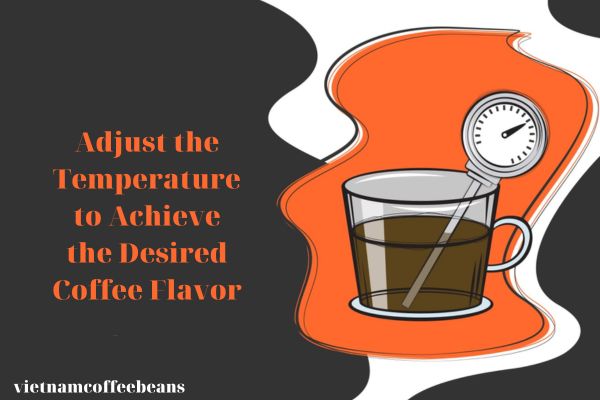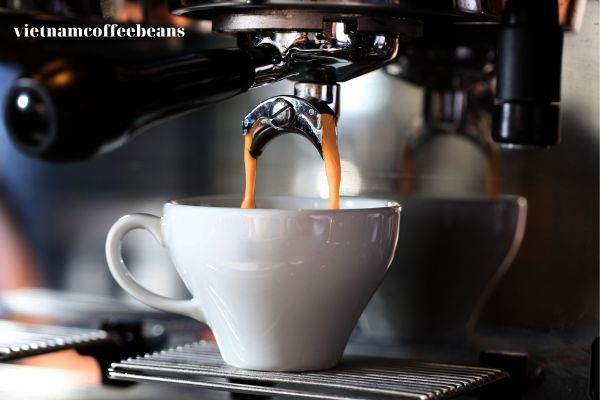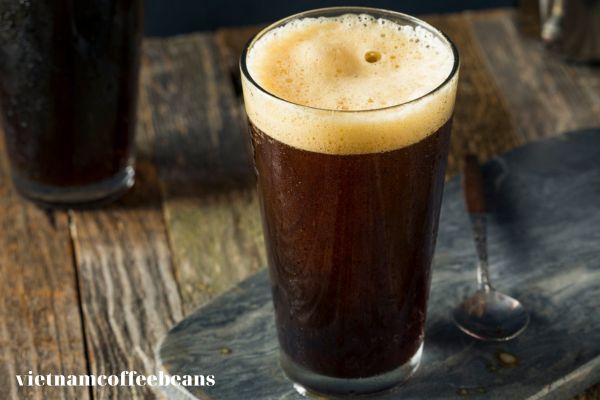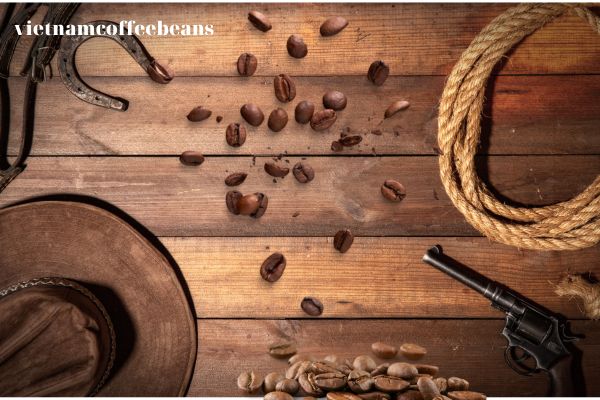
Self-identifying as a coffee lover, I am always looking for ways to enhance the flavor of my favorite coffees. One technique that has always proven to work is adjusting the temperature at which I roast or consume my drink. How to adjust the temperature to achieve the desired coffee flavor?
Temperature plays an important role in taste perception and understanding how to manipulate it can make all the difference in achieving the desired flavor.
Whether it’s a hot cup of coffee or a perfectly cooked steak, temperature control can have a dramatic impact on flavor.
In this article, we’ll explore how adjusting the temperature can enhance the flavor of your favorite coffee. From coffee and tea tips to brewing techniques, we’ll cover everything you need to know about using temperature for optimal flavor.
So let’s get the Temperature to Achieve the Desired Coffee Flavor.
The Role of Temperature in Taste Perception
You can’t fully experience the rich and complex flavors of your favorite coffee without taking into account how temperature affects how your taste buds interpret it. Temperature plays an important role in our perception of taste.
It affects not only the texture and consistency of that cup of coffee, but also its aroma, which is an important ingredient that contributes to our overall enjoyment of a cup of coffee.
The right temperature can enhance or lessen certain flavors in foods. For example, high temperature can increase bitterness while low temperature can decrease sweetness.
On the other hand, simmering foods for a long time at low temperatures can help break down the hard fibers, making them soft and juicy. In contrast, grilling meat at high heat creates a crispy exterior while locking in moisture, resulting in an interesting contrast in texture.
Temperature also affects aroma by releasing volatile compounds from food molecules that stimulate our sense of smell. Hot dishes tend to have a stronger aroma than cold dishes because heat activates volatile compounds making them easier to reach our noses.
This is why hot soup is so comforting; Their aromatic ingredients caught our eye as soon as we took a sip. In summary, temperature regulation is crucial to achieving the desired taste of any food or drink. By understanding how temperature affects texture and aroma, we can make informed decisions about methods and techniques to deliver quality products.
Temperature Adjustment For Coffee
Perfecting the flavor of your morning cup of coffee requires finding the sweet spot where the brew has just the right balance of aromas and flavors. Temperature plays an important role in achieving this flavor, especially for coffee and tea.

For coffee, use hot water between 195°F and 205°F (90°C to 96°C) for optimal extraction. If you prefer a lighter roast, use slightly cooler water around 175°F to 185°F (80°C to 85°C) as hotter water can overextract and cause bitterness.
It’s important not only to consider the temperature, but also the length of time you brew the coffee. Over-extraction can lead to bitterness, and under-extraction can lead to weak or pale flavors. Experiment with different brew times while keeping an eye on the temperature until you find what works best for your taste buds.
By adjusting these factors, you will be able to make the perfect cup of coffee anytime, anywhere without fail!
Adjust the temperature to achieve the desired coffee flavor
Are you tired of your cup of coffee becoming bitter or tasteless? Let’s talk about how a thermostat can take your coffee making to the next level.
One of the most important aspects of adjusting the temperature for brewing coffee is the location of the thermometer. It is important to know where to place the thermometer for accurate results and perfect brewing of your coffee. For example, when cooking chicken, you should insert the thermometer into the thickest part of the meat without touching the bones.
Another important factor in adjusting the brewing temperature is knowing when to adjust the brew temperature and time. Adjusting brew time can make all the difference between a delicious and flavorful cup of coffee versus a disaster that takes too long.
Take the steak, for example: if you want a steak to be medium done, you should sauté it over high heat for 2-3 minutes on each side before reducing the heat and continuing to cook until the desired doneness is achieved.
Incorporating these tips into your brewing routine can elevate your coffee from mediocre to impressive. Remember, proper thermometer placement and careful attention to phase time adjustments are essential to achieving perfect results every time!
Tips and Techniques for Temperature Control
Let’s dive into some techniques that will help you master the art of temperature control, ensuring your coffee is brewed with full flavor. Temperature changes can affect flavor, so it’s important to get it right.

Here are some tips and tricks for controlling temperature in coffee making:
- Use a thermometer: A thermometer is an essential tool for accurate temperature control.
- Adjust the heat levels gradually: If you need to increase or decrease the heat during brewing, adjust gradually. Sudden changes in temperature can affect the taste of your cup of coffee.
By following these brewing tips and techniques, you’ll be able to make perfect-tasting coffees every time! Remember that practice makes perfect; Keep experimenting until you find what works best for you.
Frequently Asked Questions
Conclusion
In conclusion, temperature plays a crucial role in our perception of taste. Whether we’re brewing coffee or cooking a meal, adjusting the temperature can make all the difference in achieving the desired flavor.
Through experimentation and careful attention to detail, we can learn to control temperature and enhance our culinary experiences. As someone who’s passionate about food and beverages, I’ve found that temperature control is a key factor in achieving the perfect flavor profile.
By taking the time to adjust temperatures and experiment with different techniques, we can unlock new depths of flavor and create truly memorable dishes and drinks. So why not take some time to explore this aspect of taste perception? You might be surprised by just how much difference a few degrees can make!






